PPT-Preparing for the Critical Reading and Writing Skills on the PSAT
Author : lindy-dunigan | Published Date : 2018-01-31
September 30 2012 through October 11 2012 D Sibley September 2012 PSAT Test Format taken from Barrons PSAT NMSQT 2012 The PSATNMSQT is preparation for the SAT and
Presentation Embed Code
Download Presentation
Download Presentation The PPT/PDF document "Preparing for the Critical Reading and W..." is the property of its rightful owner. Permission is granted to download and print the materials on this website for personal, non-commercial use only, and to display it on your personal computer provided you do not modify the materials and that you retain all copyright notices contained in the materials. By downloading content from our website, you accept the terms of this agreement.
Preparing for the Critical Reading and Writing Skills on the PSAT: Transcript
Download Rules Of Document
"Preparing for the Critical Reading and Writing Skills on the PSAT"The content belongs to its owner. You may download and print it for personal use, without modification, and keep all copyright notices. By downloading, you agree to these terms.
Related Documents

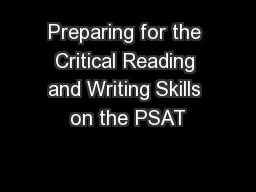
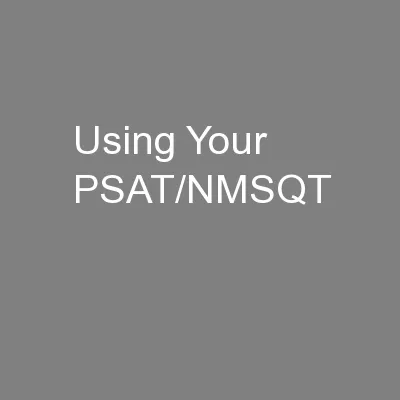
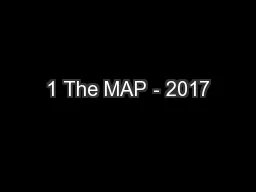
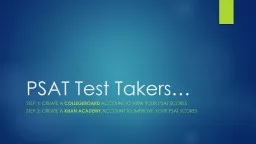
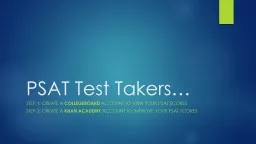

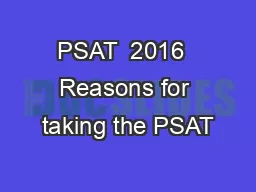
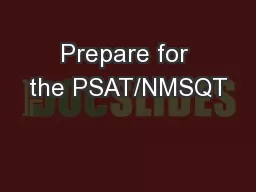
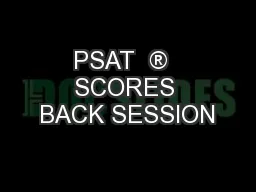
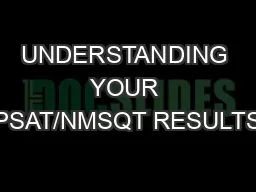

![[DOWNLOAD] - PSAT 8/9 MATH Workbook: for students in grades 8 and 9. (FocusPrep)](https://thumbs.docslides.com/903289/download-psat-8-9-math-workbook-for-students-in-grades-8-and-9-focusprep.jpg)
![[DOWNLOAD] - Princeton Review PSAT/NMSQT Prep, 2020: Practice Tests + Review & Techniques](https://thumbs.docslides.com/906286/download-princeton-review-psat-nmsqt-prep-2020-practice-tests-review-techniques-online-tools-2020-college-test-preparation.jpg)
![[EBOOK] PSAT 8/9 Prep 2023-2024: 2 Complete Practice Tests, PSAT Study Guide for 8th and](https://thumbs.docslides.com/1006031/ebook-psat-8-9-prep-2023-2024-2-complete-practice-tests-psat-study-guide-for-8th-and-9th-grade-3rd-edition.jpg)